7 Fast Growing Hedges In Florida
Florida’s warm, humid climate lets you transform bare landscapes quickly with fast growing hedges in florida. Whether you seek tall backdrops, flowering foliage, or wildlife boosters, options abound achieving your garden vision rapidly. Cold hardy choices like tall Podocarpus zoom upwards over 3 feet yearly with little help in central and south regions.
Bamboos surge skyward even faster, although some spread aggressively by underground stems called rhizomes. For vibrant color, Red Calliandra erupts nonstop with red puffy blooms and Butterfly Bush feeds hungry pollinators.
Whatever your need, Florida flowering hedge plants rush attractively upwards when provided ideal moisture and fertility, transforming plain plots profoundly in no time at all!
For more information more about trees you can visit: Lemon Tree Growth Stages
Best hedge plants
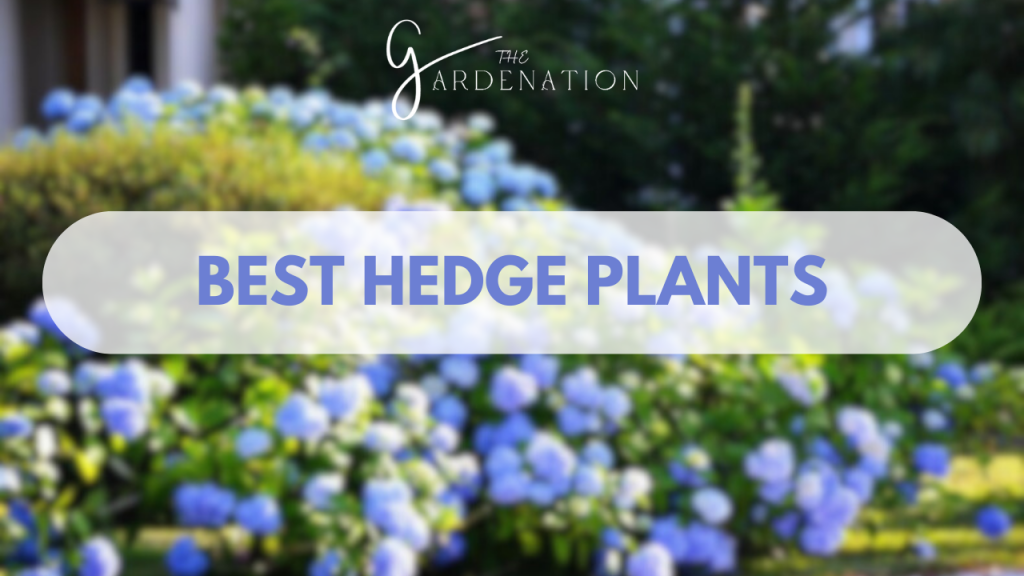
Before choosing flowering hedge plants, I consider my garden’s light, soil, space and desired functions. I know that supporting wildlife habitat and noise screening also matter beyond just aesthetics. I select Florida hedge plants fitting my unique conditions and functional needs.
1. Firebush
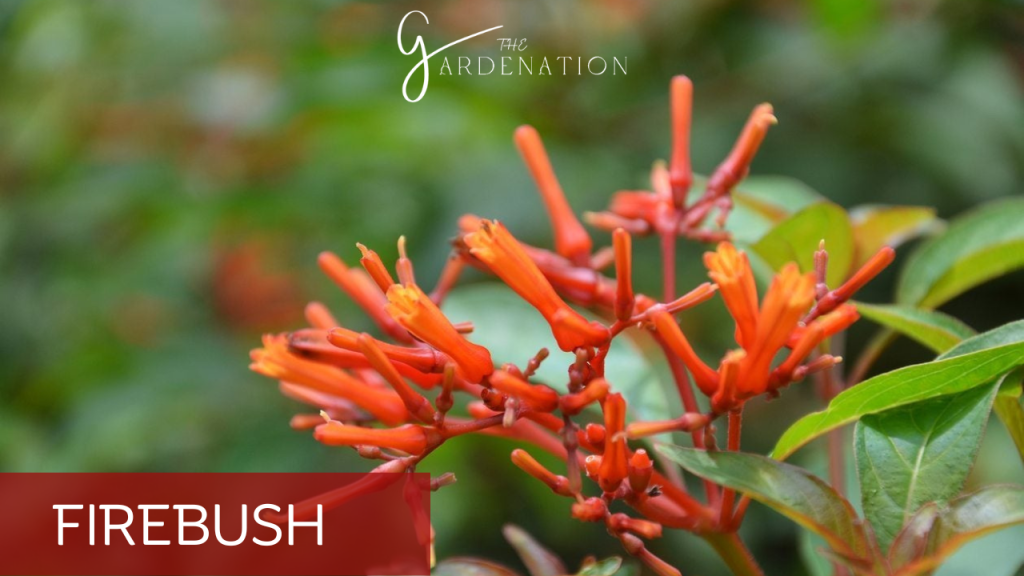
Firebush truly lives up to its name with spectacular clusters of tubular orangered blooms that attract admiring attention from people and pollinators alike. These tropical Florida bushes thrive with little care, pumping out vivid color for months on end.
They handle challenging coastal conditions and rebound fast when pruned, making Firebush a quintessential low maintenance, high impact florida hedge plant.
- Thrives in full sun
- Drought tolerant once established
- Red tubular flowers attract hummingbirds
Firebush is a pretty flowering hedge plant reaching 10 feet tall in clumps. It handles wind, salt and heat perfect for coastal gardens! Best of all, vibrant red flower clusters bloom spring to fall offering long lasting color.
Planting Tip: I start Firebush from seed indoors for transplanting out after frost danger passes.
2. Arborvitae
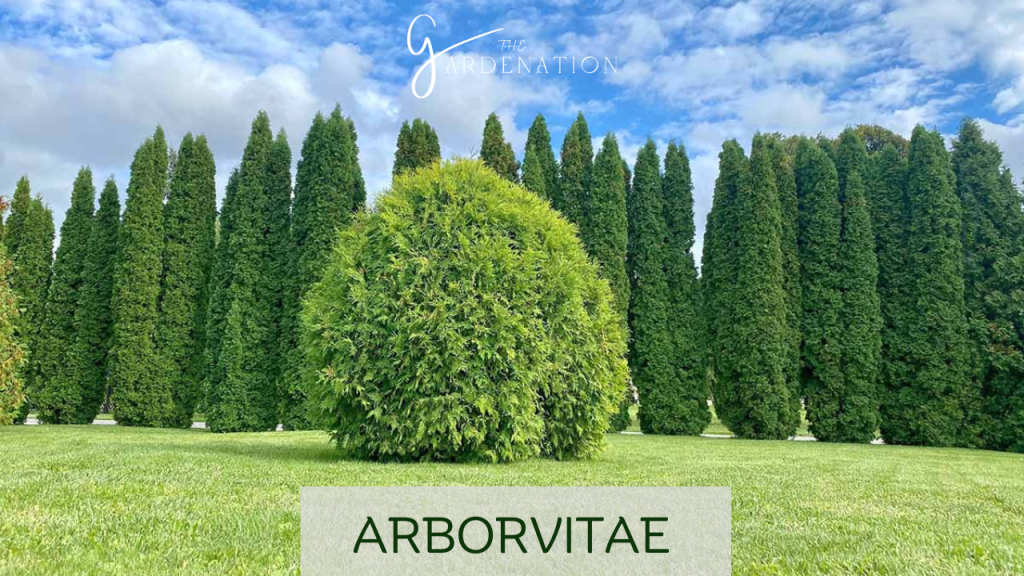
Arborvitae varieties like Green Giant and DeGroot’s Spire suit northern Florida settings. These towering evergreens grow over 50 feet tall forming dense visual barriers that block noise. Some cold hardiness lets them thrive even during winter in the panhandle and beyond.
- Tolerates sun or partial shade
- Withstands cold better than most hedges
- Provides insulation and privacy
For cold hardy evergreens, arborvitae proves exceptionally versatile – tolerating sun and shade, wind, salt spray and pollution while offering visual screening and wildlife shelter possibilities.
Varieties like Green Giant and Degroot’s Spire rocket upwards rapidly to 50 feet with pyramid shapes working well for narrow taller spaces.
More spreading types of bushes for florida such as Emerald Green shine brightly coloring and defining garden rooms as lush verdant backdrops.
Planting Tip: I use care handling these florida bushes, as ingesting foliage and berries may cause toxicity.
3. American Boxwood
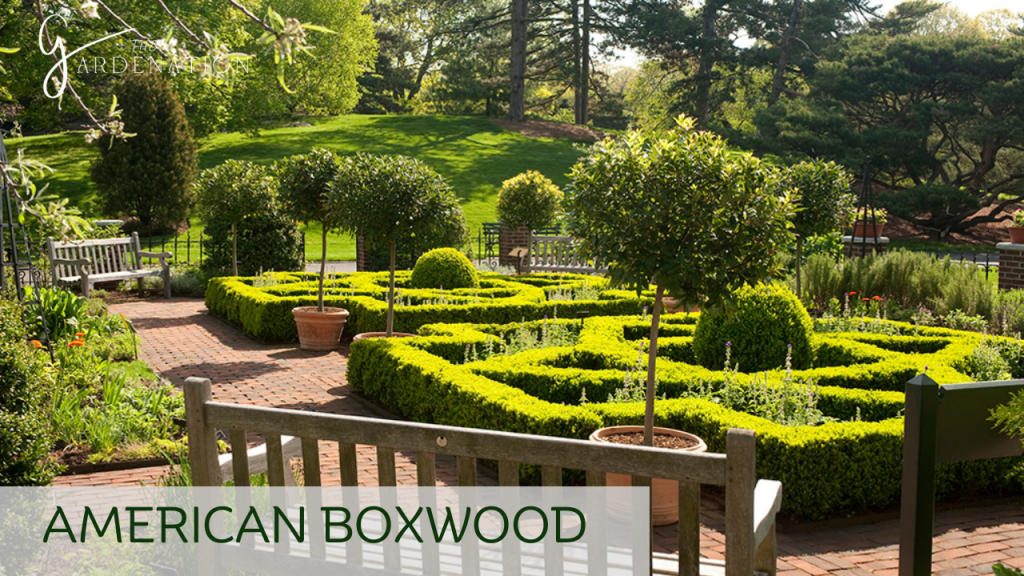
This classic broadleaf evergreen looks sharp trimmed into formal florida hedge plant rows, topiaries and garden architecture.
It grows slowly, reaching 5 feet tall and wide so works well bordering properties and homes. I prefer slightly acidic, well draining soil, so that American Boxwood makes a fine geometric foundation once established.
- Likes sun or light shade
- Tolerates drought, salt spray
- Takes pruning exceptionally well
I trim boxwood into stunning geometric forms as focal evergreen sculptures highlighting landscape designs through the seasons.
American boxwood’s slow measured growth reaches 5 feet at maturity, working wonderfully integrated along foundations, bordering properties in neat continuous rows or defining garden spaces with fanciful shaped specimens sure to draw admiration.
Planting Tip: Since these Florida bushes contain toxins if eaten, I keep out of reach from kids and pets. Here you can know what causes curling in chinese money plant leaves: 8 Causes Of Chinese Money Plant Leaves Curling
4. Chinese Snowball Bush
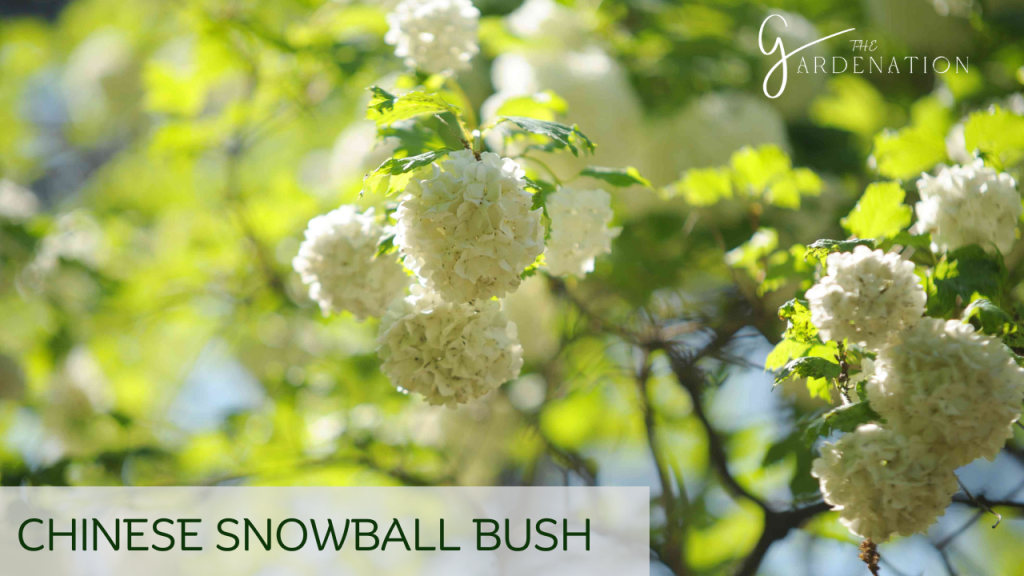
Chinese snowball bush graces gardens with four season appeal between its shiny foliage, ornamental branching and sumptuous spring floral display.
Later, dark green summer leaves shift to vibrant fall hues from golden orange to burgundy red before dropping to reveal intriguing tan bark textures all winter long.
- Does best in morning sun, afternoon shade
- Flowers prolifically in spring
- Adds four season interest
Showy plumes of white blooms resembling powder puffs or snowballs cover these large, multi stemmed deciduous bushes for florida reaching 815 feet tall. The bold balls of flowers shine against the shiny green leaves that follow.
Come autumn, foliage transitions to vibrant tones from yellow to purple. I give Chinese snowball bush rich, moist soil and it graces gardens reliably for years on end.
Planting Tip: I situate these flowering hedge plants in partial shade protected from hot afternoon sun for best growth and floral production.
5. Indian Hawthorn
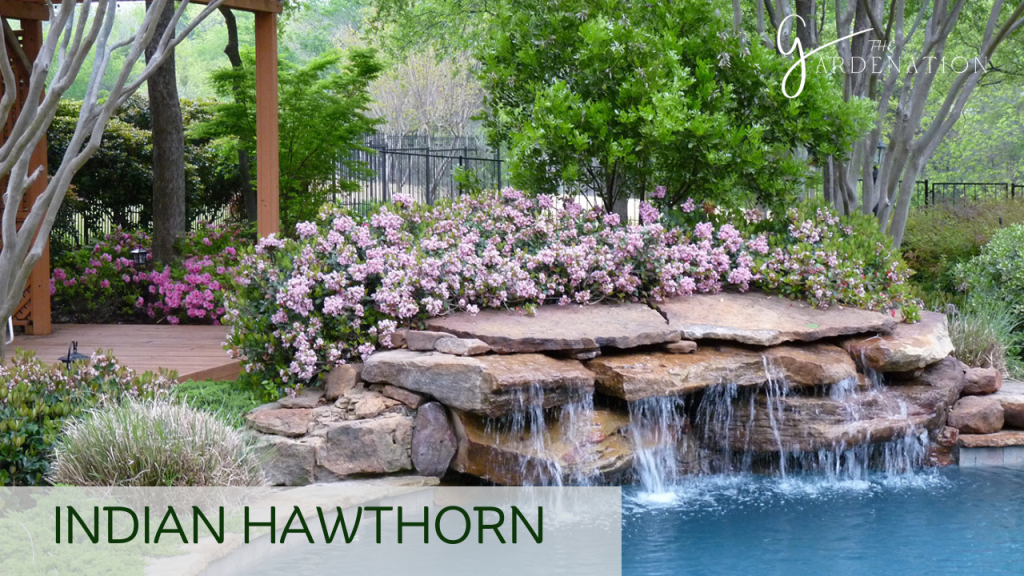
This compact evergreen Florida bushes suits hedge needs wonderfully, growing only 8 feet tall and wide. Indian Hawthorn varieties like Majestic Beauty offer vivid pink blooms contrasting deep green, glossy oval leaves.
It handles seaside gardens and requires little watering or care once happy. I shear as desired to shape formal hedges or property dividing screens
- Thrives with full sunlight
- Tolerates heat, humidity, salt, drought
- Takes well to shearing
Leaf spot disease may occur but usually proves non-fatal with proper cultural care. Indian hawthorn’s neat oval foliage responds exceptionally well to rejuvenation pruning.
I simply shear older branches all the way back to its twiggy interior framework to restore youthful aesthetics revitalizing tired plantings.
In mere months fresh new growth emerges better than ever!
Planting Tip: I avoid overwatering these versatile florida bushes as it can lead to root rot in excess moisture.
6. Florida Privet
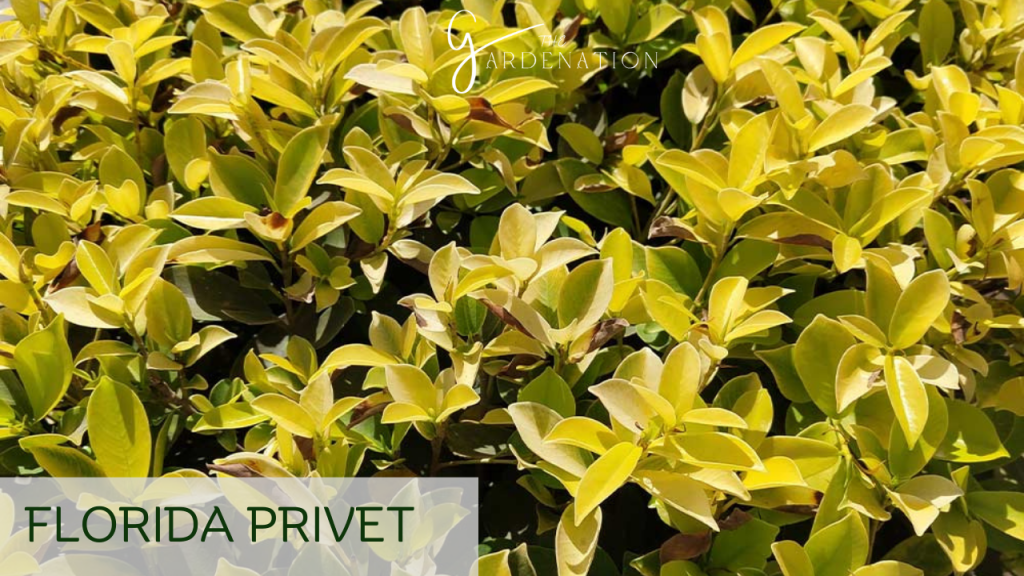
Florida privet truly represents quintessential subtropical ambience between the semi-evergreen foliage, sweetly citrusy blossoms and dark berry laden branches.
This large, rangy native bushes for florida reach its loose open potential around 10 feet tall and wide but takes well to renewal pruning for casually fuller forms.
When sheared more formally, Florida privet transforms into a lush verdant hedge nicely framing properties with flowery fringe benefiting wildlife as well.
- Handles full sun or partial shade well
- Grows quickly to 10 feet tall
- Offers edible berries
Also called Wild Coffee, this large Florida native flowering hedge plant bears clusters of small creamy white flowers with alluring citrus scent that yield dark berries eaten by birds.
It fills space rapidly when sheared as a formal hedge or left informal. Florida privet adapt readily to varying soil, exposures and humidity. Toxic if ingested, so I take care around kids and pets.
Planting Tip: I prune lower portion of these florida hedge plants wider than top for best results with this naturally loose grower.
Check this out; I’m sure you’ll find Fastest Growing Palm Trees interesting as well!”
7. Wax Myrtle
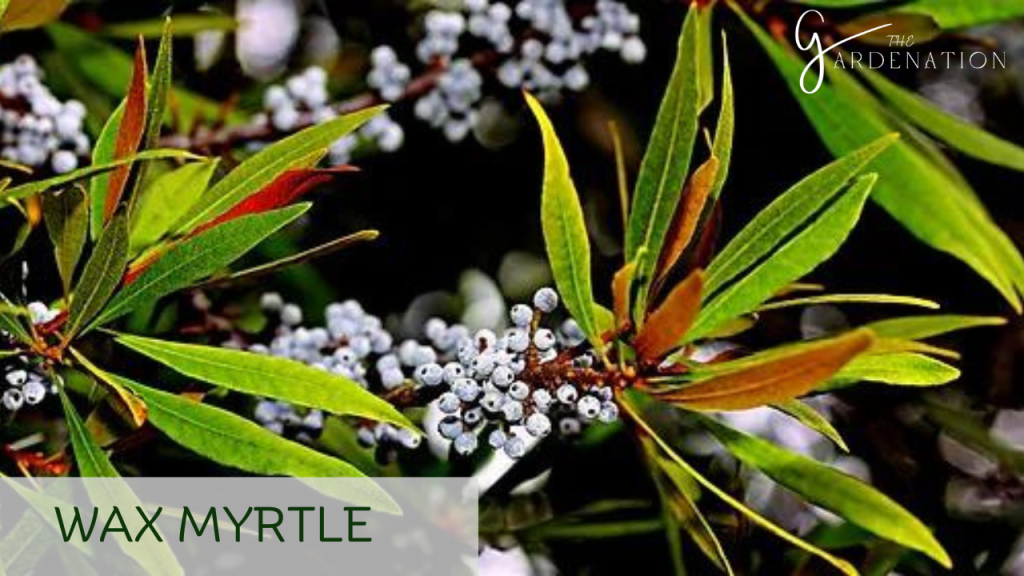
These versatile evergreen best hedge plants retain foliage nearly year round even still pushing new growth during warm spells in winter.
The aromatic properties of wax myrtle foliage makes it a natural insect repellent – I simply crush a few leaves and rub onto skin to curb annoying gnats and mosquitoes when outdoors.
I allow a few branches to mature each season for the waxy blueberries which surge in abundance attracting desirable songbirds to partake while further dispersing seeds for additional plantings.
- Thrives in sun or light shade
- Requires practically no maintenance
- Provides wildlife food source
An excellent sturdy Florida hedge plant for stabilizing coastal slopes or secondary property boundaries, wax myrtle reaches over 10 feet tall in noncompacted, moist acidic soils. Fragrant leaves yield edible waxy blue fruits that attract birds and small animals.
Planting Tip: I avoid planting near wood structures since the waxy fruit coating of these flowering hedge plants proves flammable near ignitable sources unfortunately.
Frequntly Asked Questions
What is the best fertilizer for arborvitae hedges?
Apply a balanced slow release shrub fertilizer for arborvitae in early spring before renewed growth begins. This fuels seasonal expansion while avoiding late season application which may trigger cold damage of these Florida bushes going into winter. Never fertilize late!
Should I prune my Indian Hawthorn hedge?
Yes, prune Indian Hawthorn spring through fall to shape as desired and improve dense branching. Avoid shearing past midAugust up north however allowing sufficient hardening time before winter chill arrives. Try cleaning pruning of your flowering hedge plants annually after flowering finishes to boost next year’s bloom performance.
Why does Firebush produce few flowers?
If Firebush florida bushes produce only minimal flowers, the likely causes involve too much shade or overfertilization which fuels leafy growth at the expense of blooms.
Move these flowering hedge plants into a sunnier location and fertilize lightly with balanced feeds to rectify poor flowering. Prompt pinching of stem tips also enhances branching and flower bud initiation.
What is the best soil to plant wax myrtle?
Wax myrtle naturally thrives in acidic, sandy, well drained soils typical in lowland wetland regions. To mimic its native growing preferences in residential plantings for hedge rows, amend clay or compacted soils substantially with composted pine bark, peat moss and lava sand to achieve the ideal acidic, moisture retentive yet still rapidly draining soil conditions.
Conclusion
Hopefully these highlighted best hedge plants provide appealing tropical options for Florida gardeners seeking vibrant hedge plants that functionally screen and enhance outdoor spaces with minimal upkeep.
Mix and match the flowering hedge plants, evergreen backdrops, wildlife boosters and living architecture favorites aligned with your landscape vision and cultivation capabilities for an alluring backyard oasis perfectly personalized!

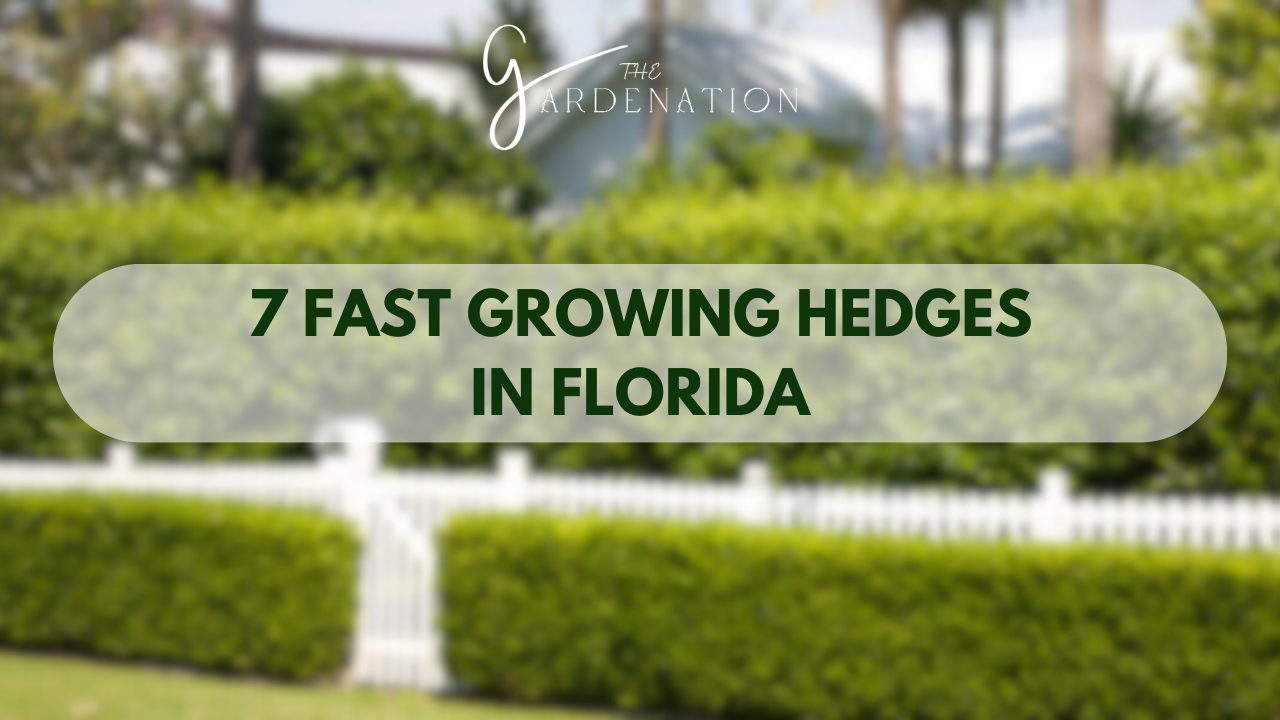
One Comment